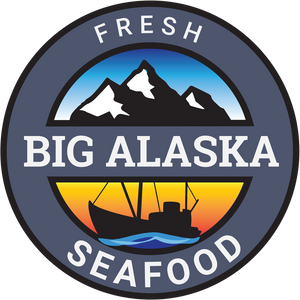The Bristol Bay Story
Bristol Bay is home to the world’s largest commercial Sockeye fishery which begins in May and ends in August. Anywhere from 30 million to 70 million Sockeye will return to the rivers that feed Bristol Bay annually and the fishery is a model of sustainability success and renewability. Bristol Bay is unique in that it remains unadulterated by humans and, as a result, has not needed to rely on a hatchery program to support its diverse wild stocks of Sockeye salmon. And the genetic diversity that accrued over time and is now realized has produced a more resilient fishery as compared to others that are supported by hatcheries with smaller gene pools. Sustainable fishing practices and responsible fisheries management of this fishery is on full display in Bristol Bay.
Today, Bristol Bay’s intact ecosystem and sustainable economy are threatened by the proposed Pebble gold and copper mine. In December 2017, the Pebble Limited Partnership submitted its plan to develop the first 1.5 billion tons of its nearly 11-billion-ton deposit which kick-started the federal permitting and environmental review process. The plan calls for the destruction of over 3,000 acres of wetlands and more than 21 miles of salmon streams at the mine site and would destroy at least an additional 1,000 acres of wetlands and impact hundreds of streams through the construction of roads and other infrastructure in the Bristol Bay and Cook Inlet watersheds. The mine and supporting facilities will run continuously for 24 years. Construction of the mine would also set the stage for future expansion into nearby areas and ultimately the start of a mining district in Bristol Bay.
Pebble Mine is a gold, copper, and molybdenum mine. Copper, when unearthed is particularly harmful to salmon and large amounts acid-generating waste rock is created during the mining process. Any spill or release of the toxic mining waste would be destructive to the fish and wildlife; and Pebble’s phase-one project, currently in federal permitting, would destroy at least 80 miles of streams and 3,500 acres of wetlands. Furthermore, the mine plan we see today covers just one eighth of the nearly 11-billion-ton deposit, which Pebble has repeatedly suggested it plans to develop.
The Pebble deposit lies north of Lake Iliamna at the headwaters of the Nushagak and Kvichak Rivers, which are two critical arteries of the Bristol Bay system. It is an extremely wet area, meaning any pollution in one watershed is highly likely to “spread” to the other.
As of November 2020, mine developers were seeking federal permits from the United States Coast Guard and the Bureau of Safety and Environmental Enforcement. State permitting would then follow, which the developer expects to take up to three years. In November 2020, the developer was denied a U.S. Army Corps of Engineers (USACE) permit for its proposed mine discharge plan.
